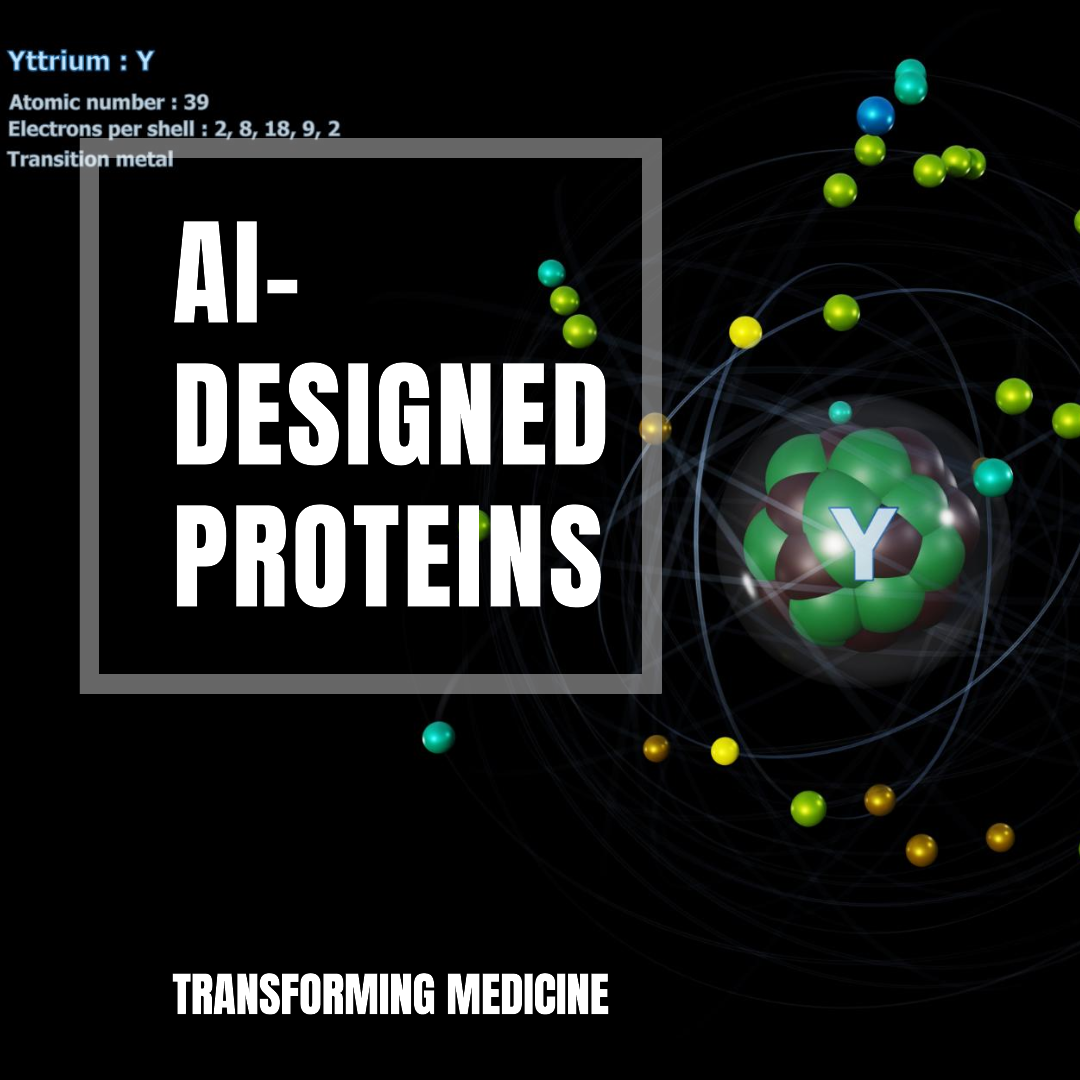In recent years, the field of protein design has experienced a significant breakthrough with the advent of artificial intelligence (AI) tools. These cutting-edge tools are revolutionizing the way scientists design proteins, potentially transforming the field of medicine. By harnessing the power of AI, researchers are now able to create entirely new proteins with custom functionalities, opening up a world of possibilities for the development of vaccines, therapeutics, and biomaterials.
The Emergence of AI in Protein Design
One notable AI tool making waves in the scientific community is RFdiffusion, developed by a team of computational chemists and biophysicists at the University of Washington. This neural network, along with similar AI models, has made protein design more accessible and achievable. Inspired by AI software used to generate realistic images, these tools can generate realistic protein structures based on specific criteria provided by designers. For example, researchers can now swiftly design proteins that have a high affinity for binding to other biomolecules.
The advancements in protein design facilitated by AI tools have been described as an “explosion in capabilities.” Scientists are now able to create designs with sought-after qualities, tailoring protein structures to address specific problems or requirements. This breakthrough marks a transformative moment in protein design, opening up new avenues for scientific exploration and the development of innovative solutions.

The Design Process: From Specification to Creation
Using AI tools like RFdiffusion, protein designers can input specifications for the protein they want to create. They provide details such as the desired length of the protein and its structural characteristics. By leveraging AI algorithms and neural networks trained on vast repositories of protein structures, the tool generates diverse and realistic-looking protein designs. The designers can also guide the process by conditioning the AI program to incorporate specific design constraints.
These AI-designed proteins are not just theoretical constructs; they have been successfully manufactured and tested in laboratory settings. Early experiments indicate that a significant percentage of the proteins created through AI design perform as expected, demonstrating their potential for real-world applications.
Unleashing the Potential: Applications and Implications
The impact of AI-designed proteins is far-reaching and holds great promise for medicine and biotechnology. With AI tools, researchers can create proteins that serve as the foundation for vaccines, therapeutics, and biomaterials. For instance, AI-designed proteins have demonstrated the ability to bind strongly to proteins implicated in various diseases, including cancers and autoimmune disorders. This breakthrough enables the development of targeted therapies and novel treatment approaches.
Furthermore, AI-designed proteins can self-assemble into complex nanoparticles, opening up possibilities for drug delivery systems. The intricate designs produced by tools like RFdiffusion surpass the capabilities of previous protein-design methods. These advancements offer unprecedented control over the creation of proteins and their functionalities.
The Future of Protein Design: Challenges and Opportunities
While AI tools have propelled protein design to new heights, challenges remain. Designing biomolecules with flexible regions that adopt various shapes, such as antibodies or T-cell receptors, is a complex task that current AI models struggle to handle. Researchers are actively exploring ways to overcome these challenges and push the boundaries of protein design further.
Future improvements in AI-based protein design tools will aim to create proteins with even more complex functionalities, expand the range of design criteria, and overcome limitations related to flexibility and novelty. Researchers are also investigating the possibility of using plain language text descriptions to instruct AI models to generate proteins, much like image-generation tools work. This approach could simplify the design process and accelerate protein synthesis and testing.
CREDITS
AI tools are designing entirely new proteins that could transform medicine
Conclusion
The emergence of AI tools in protein design represents a significant leap forward in the field of medicine. By harnessing the power of AI algorithms and neural networks, scientists can now create custom proteins with precise functionalities. These AI-designed proteins have the potential to revolutionize medicine, enabling the development of targeted therapies, vaccines, and biomaterials. As researchers continue to explore and refine AI-based protein design, the future holds exciting possibilities for the advancement of healthcare and biotechnology.



